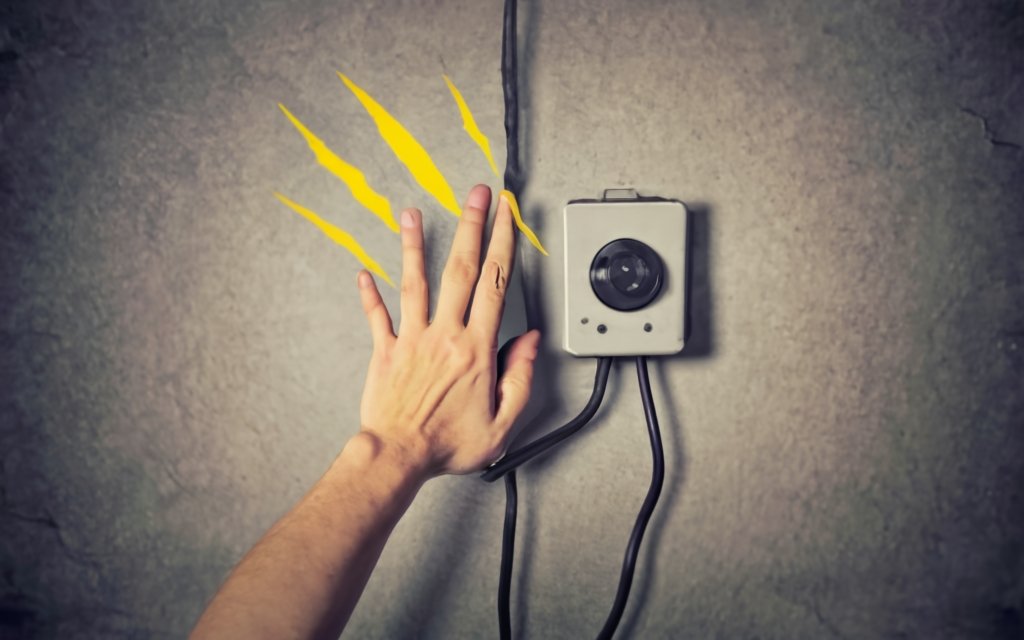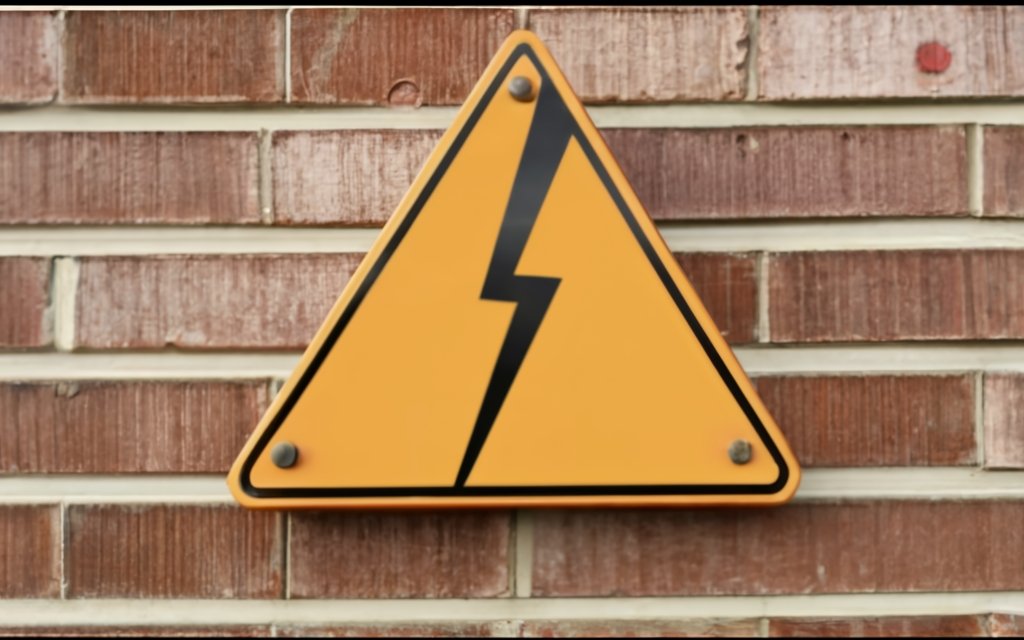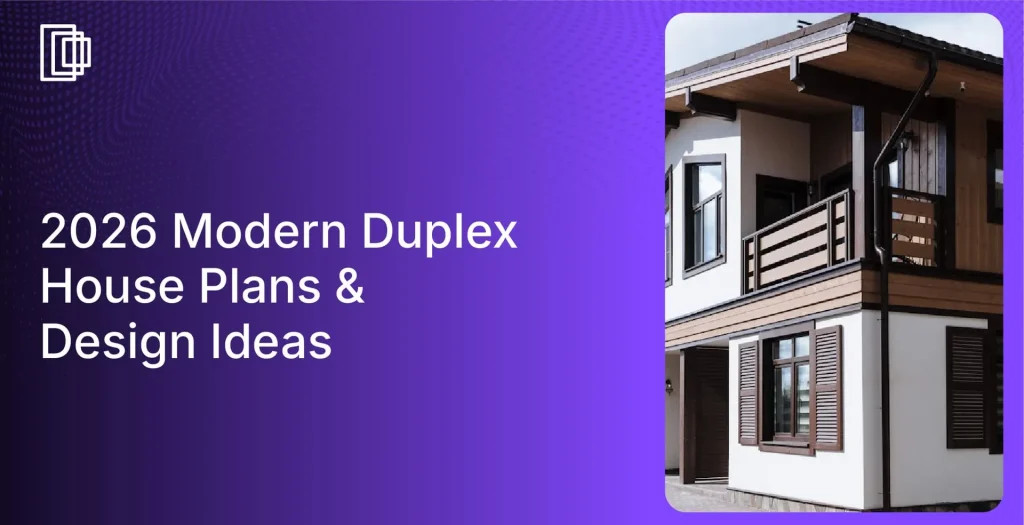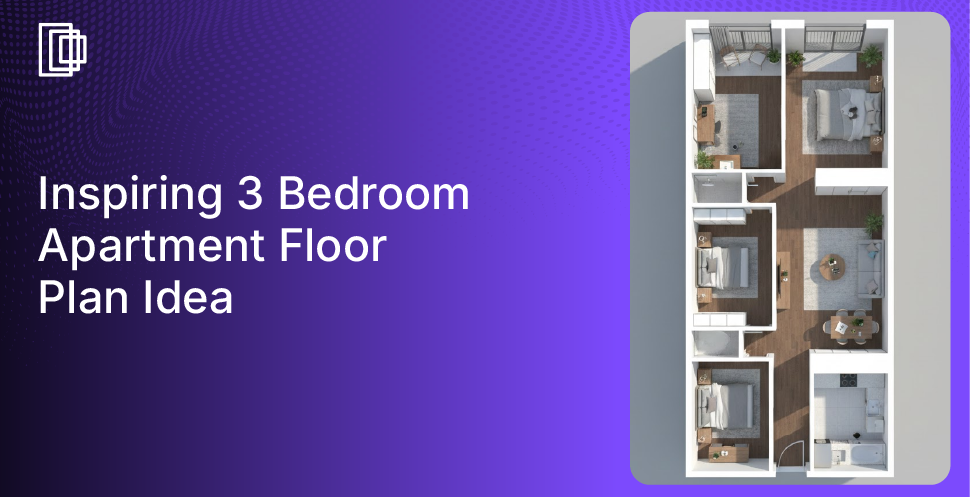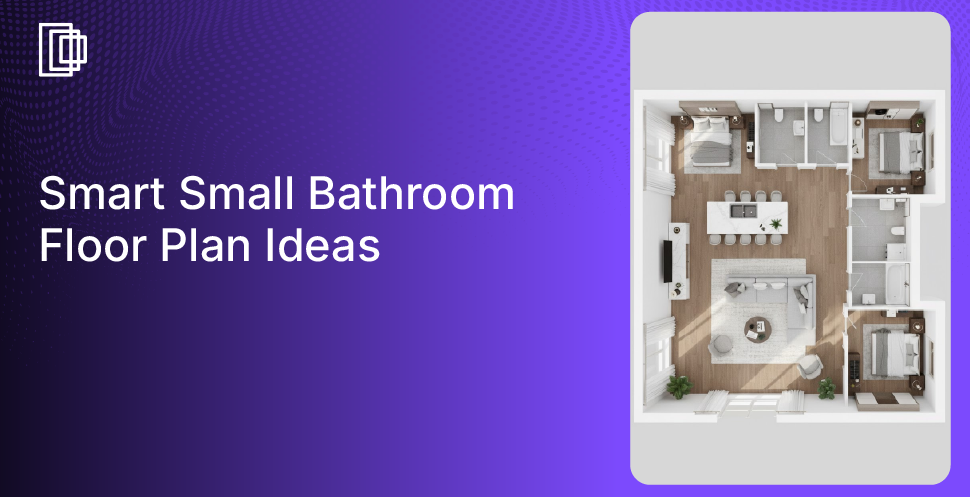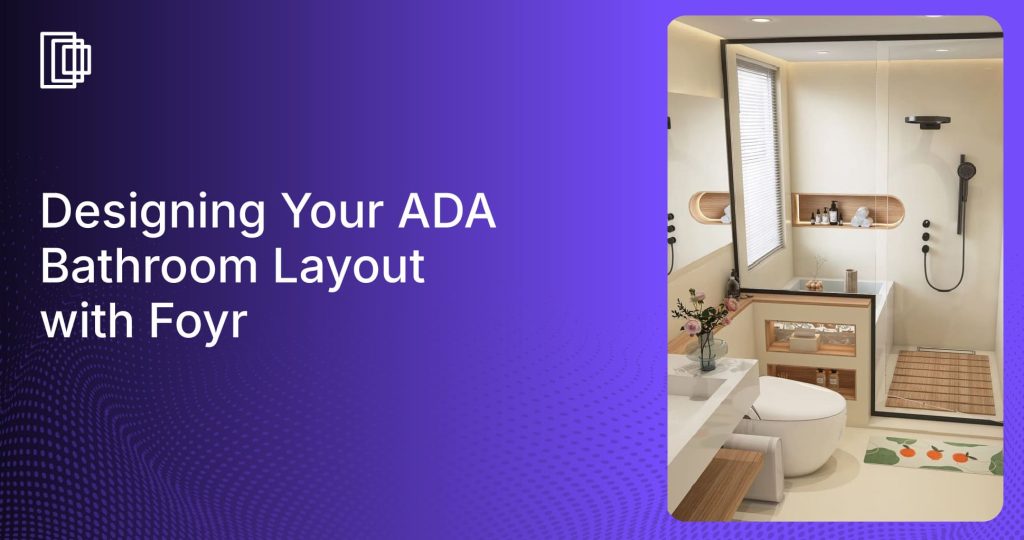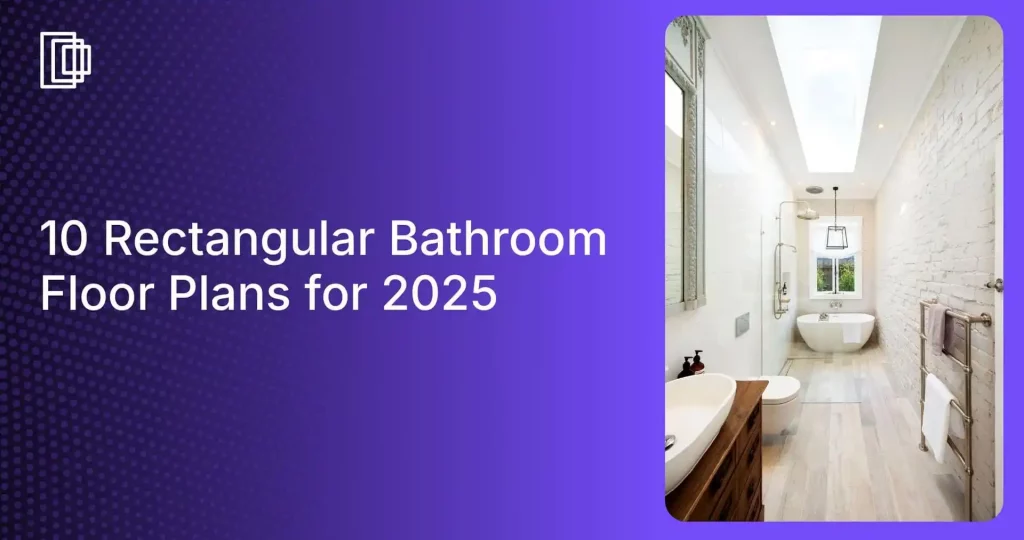Beneath the aesthetics of your interior designs lie the essential wires and junction boxes that connect to the circuit breaker panel, which is the heart of the electrical system and engineering control of the home. It’s where power enters the home and is distributed to different areas through electrical distribution systems. When a particular source needs power, electricity is delivered in an increased flow, which can stress electrical connections, leading to faulty and potentially dangerous situations.
These instances can cause electrical hazards, not necessarily after the commissioning on-site, but during construction stages as well as during residency in the home. As a designer, leveraging interior design software can help you strategically plan fixture placements and electrical layouts, ensuring they align with safety standards while maintaining aesthetics.
As per OSHA, you have certain administrative controls over how different fixtures and building materials interact with each other, and your role is key in maintaining a safe work environment during construction for subcontractors, as part of the occupational safety code and safety measures for the electrical supply at home.
In this guide, we’ll take you through many plausible scenarios that can wreak havoc in the form of electrical hazards in the working space for the construction laborers and ultimate building occupants of the home you’re designing, so you’re well-informed.
What Counts as an Electrical Hazard?
Electrical hazards may be a result of direct contact of a human with a power outlet or inlet, or an indirect insulation failure, leak, or deterioration. The latter often gives plenty of signs before causing heavy damage. Some of the signs to look out for are:
| Fault | Symptom |
| Cover plates become warm to the touch | Loose connection |
| Crackling, sizzling, or buzzing noises | Unsafe wiring connection |
| Poor ventilation, improper covering | Overheating |
To avert direct contact and indirect contact with electricity, there are several steps you can take as an interior designer, which we’ll get to in a moment.
Electrical Hazards and Safety Practices to be Ensured in Interior Design
If you take any home for example, not 100% of the building is used regularly. As years go on, homeowners want different facilities and start using or constructing features to add to their comfort. But, you can’t suddenly bring in electrical connections for a freshly completed construction site. It needs to have been provided for in the early stages of the design process.
Paving the way for safe electrical work to steer clear of potential hazards counts as the work of a fine designer.
| Jaya Rose, an interior designer and educator says, “When it comes to design, don’t do it all at once, but we have to think about it all at once.” |
1. Outdated Wiring in case of Remodeling or Renovation
Any outdated wiring left unattended could lead to a catastrophe. If you’re working on a remodel project or a renovation, you’re probably working off of existing systems. Whether the homeowner decides to flip the house or use it themselves after the remodel, you need to conduct a thorough electrical inspection, hazard identification, and risk assessment first, to find any outdated wiring that may have deteriorated due to age, weather, or rodents.
The outdated wiring may give off or leak hazardous materials. Ensure to wear Personal Protective Equipment (PPE) anywhere you’re near or inspecting electrical appliances or wiring.
2. Placing Appliances Near Water Sources
This is a well-known electrical hazard for those working on the design and construction project, building occupants, and other stakeholders. If an appliance gets wet by any chance, try disconnecting the power source.
Any sockets placed near water sources must have GFCI installed to prevent injury from shock. No radio, hair dryers, phones, or other devices in the swimming pool or anywhere near the pool or wet floor. Keep appliances away from sinks, bathtubs, showers, and taps as well.
Read also – Integrating Chinoiserie Into Modern Interiors: A Guide For Designers
3. Using Light Bulbs with the Correct Wattage
Outlets, power strips, and extension cords are designed to handle only a certain amount of lighting. When you use a higher-wattage bulb than a lamp is designed to accommodate, it can overload the wiring and cause an electrical fire hazard.
4. Kitchen Remodel Without an Electrical Inspection
The kitchen is the most frequently remodeled area in the house, and often homeowners want to bring in smart technology in the kitchen or fixtures to better use the space and function of the kitchen. Kitchen receptacles and electrical equipment are often changed haphazardly, which can result in potential risks.
Keep in mind that depending on the age of the home and the lifecycle of renovation that has been carried out, you can have up to 5 different voltage or amperage combinations within the same wall space, so there’s not much need to replace the receptacles.
5. Frayed Cords That Create Hotspots
Cords that connect two or more wires or join together with a temporary fix are extremely dangerous. There’s no telling when the power influx will exceed the limit and cause fatalities. They can be easily overloaded without any protective devices or control measures and they in turn create hotspots and represent a true risk for a fire and an electric shock.
Ensure to plug in the right amount of devices at the right places, so there are no overcrowding and safety concerns. For example, power cubes plugging in multiple devices in one cube – connecting the TV, music player, phone chargers, home theatre etc, can easily overload and start an accident. In this case, a power bar with surge suppressors is a great solution.
6. Not Child Proofing Your Outlets
Even if there’s a remote possibility that children will be in your home, install outlet covers. Spring-loaded covers that automatically shut down when there’s nothing plugged in are your go-to for proper risk management.
Read also – Best Home Decor Ideas & Trends In 2024
7. Using Extension Cords for a Long Time
An extension cord should be a short-term solution, during the early construction phase when you need electricity in a spot where there’s no ready outlet yet. It’s not a permanent solution for anything. Your best course of action as a building designer would be to either move the item or fixture closer to the outlet or have an additional outlet placed right where you need them.
8. Light Bulbs Near Flammable Items
Light bulbs don’t look as much of a threat as others, but they tend to catch on fire quickly, especially when kept near flammable materials like beds, drapes, upholstery, and plastics. Don’t hang light bulbs in the linen closet, or close to commonly flammable items.
9. Covered Electrical Cords and Wires
If electrical cords don’t have breathing space, it becomes quite difficult for the wires to release trapped heat in them. Heavy covering causes them to overheat and eventually causes a fire accident. Keep them uncovered and leave enough space around fixtures like computers and TV for ventilation, to prevent overheating.
10. Non-inclusive Lighting Systems
If your client or the homeowner has family members with disabilities, you want to design an inclusive home that’s doubly free from electrical hazards, along with the entire construction and design team.
Some of the ways you can do this are:
- Installing ceiling luminaries instead of switchboard-operated receptacles
- Luminaries with more than 1 bulb
- Motion detector-led lighting in stairways and bedrooms
- Switches to be made readily accessible
- Lighted doorbell buttons
- Fire, smoke, and security systems are connected to a central office for fast response
Read also – How To Become a Certified Interior Designer Without A Degree in 2024?
11. No Lighting in Dark Open Porches
At night, the indoors get at least some amount of artificial lighting but the exteriors don’t get much. This can lead to accidents and hazards, not restricted to electrical hazards. Open porches, terraces, patios, and similar areas are commonly used as recreation and entertainment areas and must have adequate lighting and receptacle outlets.
If not, the family members will try to use an extension cord to bring in power from the nearest living area, which can cause wiring to run underfoot. Add sketchy lighting, shadows, and wires, and the absence of warning signs, there’s a high chance for people to face a tripping hazard and fall and causing electrical hazards as well.
12. Electrical Considerations for the Kitchen and Living Spaces
When designing the house, all possible living spaces need to be considered. Double-check the following when designing.
- Place receptacles for every 6 feet, excluding room dividers and railings.
- Any wall space 24 inches or more in width must have a receptacle.
- One receptacle for hallways longer than 10 feet.
- Foyers greater than 60 feet should have a receptacle.
- Kitchen counters to be GFCI protected, and receptacles or switches not installed face-up.
- Islands that are longer than 24 inches or more shall have at least one receptacle.
- If the wall distance to the range, or counter-mounted cooking unit is 12 inches or greater, it needs a receptacle for an electrical outlet.
14. Closet Lighting Causing Fire Hazards
When clothes come in contact with super-hot surfaces, they tend to catch fire, especially if you use incandescent lighting in the bulbs. Direct lighting coming in contact with clothes is hazardous, because of the possibility of overheating and light bulbs breaking suddenly. It’s better to have concealed lighting or under-the-shelf lighting to accentuate the homeowner’s belongings whilst saving them from a potential electrical hazard.
Read also – The Importance of Lighting in Interior Design
15. Improper Lighting in a Garage
Regardless of whether a garage is used or not, you need at least one receptacle in place. Depending on the number of cars your homeowner owns, lighting will have to be increased accordingly.
| No. of cars | Minimum no. of lamps and lamp holders in the garage |
| 1 | 2 |
| 2 | 3 |
| 3 | 4 |
Lampholders arranged in this manner eliminate shadows between automobiles, don’t conceal objects on the floor, or protruding objects, save the residents from both physical and electrical hazards and ensure their well-being.
16. Baseboard Heaters Below Wall Receptacle Outlets
If a cord hangs over from the outlet and touches the heated electric baseboard unit, there’s a big risk of fire and shock hazards. That’s why it’s advisable to not have any contact between them, and insulate them.
17. Plausible Fire From Air Conditioning
Improperly grounded AC fixtures can cause a chain reaction of electrical hazards. It needs to be properly grounded, factory-installed leakage current detector interrupter (LCDI) or AFACI devices to be provided on single phase, cord and plug connected ACs to keep them safe.
18. Open Panelboards and Heating
There are live parts in a panelboard, which can wreak fire and shock hazards. When there are openings on the sides, top, or bottom of a panelboard, it causes an electrical and health and safety threat, which needs to be taken quite seriously.
19. Improper Lighting in Permanently Installed Pools
To make sure of physical and electrical hazards in permanently installed pools, make appropriate provisions for motors, overhead lighting, and underwater lighting, check existing electrical installations, receptacle requirements for switching, and electrical heaters. Grounding and bonding all metal parts in and around the pool mitigate electrical and electrical safety hazards. Protect all wiring and switches near the pool with insulation.
Read also – 14 Home Gym Design Ideas to Build the Perfect Gym in 2024
How Can Foyr Neo Help You Eliminate Electrical Hazards?
Once the floor plan is ready and the spaces are defined, the building designer must find the center lines of all rooms and set the layout for the electrical supply. As you go about fixing architectural and design features, you align electrical outlets accordingly, to make your design safe.
Electricians and the building construction team on-site need accurate details and dimensions of how each electrical fixture needs to be configured, the space between them, and the method of installation. They will have to chalk out a much more detailed electrical plan and execute it. For this reason, giving them a hyper-real 3D render of the space with immaculate precision saves them time, and gives them a jump start.
Foyr Neo can help you do that and much more.
- You can draw up your own floor plan or import it.
- Get precise dimensions, and join or separate walls easily without breaking the design.
- The auto-snapping feature helps you auto-adjust walls without manually dragging it every time.
- Switch between 2D and 3D to make changes easily.
- Choose from 60,000+ 3D materials, or make your own custom electrical fixtures to add to your design.
- Render in HD and 4K quality and ensure an error-free, crystal clear, ready-to-build design.
Want to run a smooth and efficient design process for every design project? Sign up for Foyr Neo’s 14-day free trial now.
FAQs
Provide clients with a maintenance guide, recommend periodic electrical inspections, and stress the importance of promptly addressing any issues.
Choose appliances with safety certifications, and ensure they are installed according to manufacturer recommendations and local codes.
Use diffusers and indirect lighting techniques to minimize glare, and make sure fixtures are properly installed to prevent overheating.
Surge protectors should be used to safeguard electronics, and they can be discreetly placed within furniture or behind decorative elements.
Incorporate built-in cable management solutions and avoid running cords under carpets or rugs to prevent tripping hazards.


